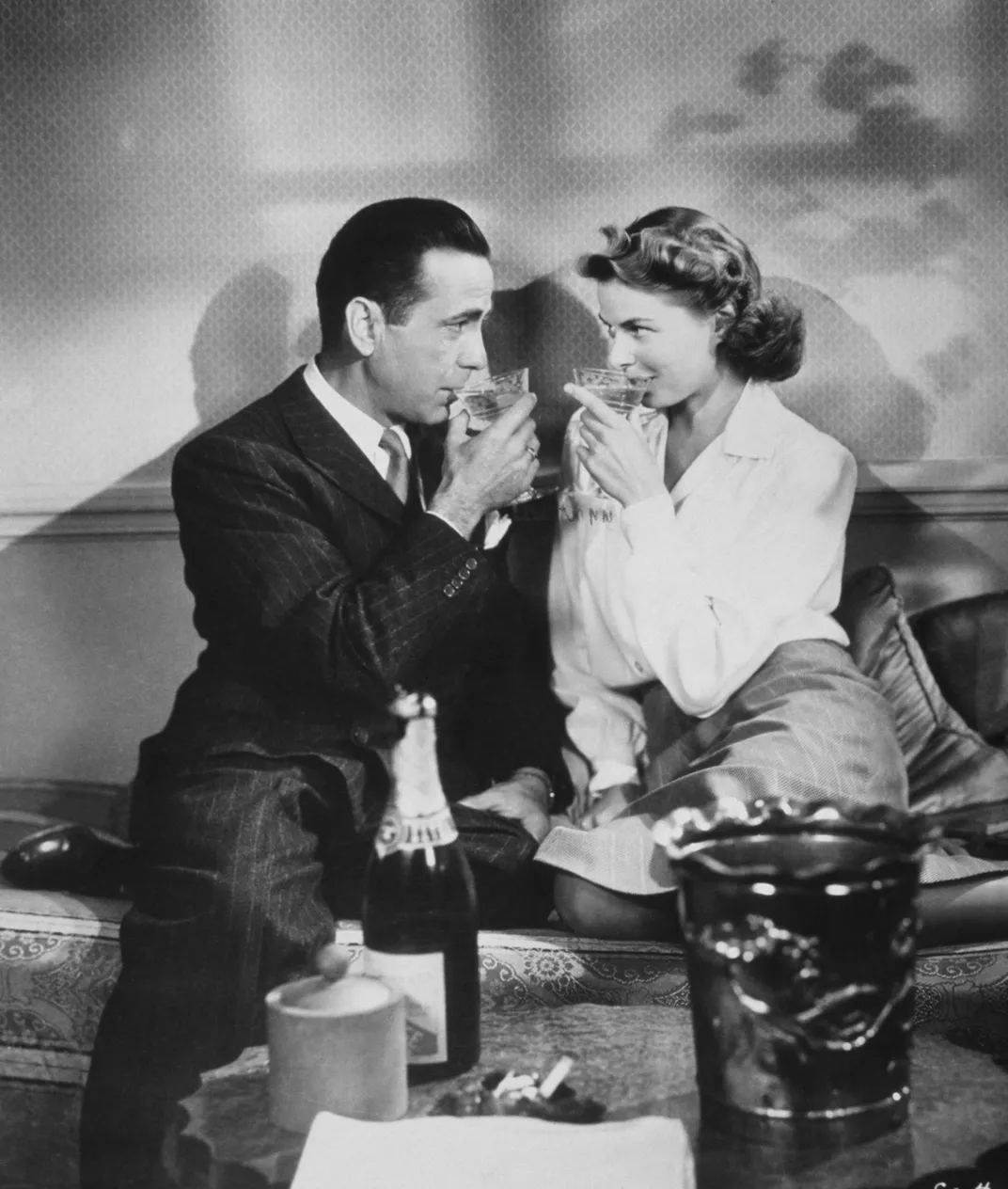Hollywood’s ‘Golden Age’ Saw Massive Dip in Female Film Representation
A new study ties the ousting of women directors, actors, producers and screenwriters to the rise of entertainment studios
:focal(2214x1011:2215x1012)/https://tf-cmsv2-smithsonianmag-media.s3.amazonaws.com/filer/87/fd/87fd2ffe-aea7-41e7-82df-a2ad54a093d4/gettyimages-3207475.jpg)
If an alien race tried to learn the ways of humankind by screening our most famous films, they’d end up with a very skewed impression of women’s role in society. Over the past century-plus of film, women have made up only a paltry minority of the individuals on screens, behind cameras and in writers’ rooms. This lack of female representation, which persists today, was at its most dire during Hollywood’s so-called Golden Age, new research suggests.
In the study, published this week in the journal PLOS One, a team of researchers led by Northwestern University’s Luís Amaral analyzed decades of data from the American Film Institute Archive and the Internet Movie Database (IMDb). Amaral and his colleagues suggest that the rise of the entertainment studio system—which largely replaced independent filmmaking with a few massive, male-run companies—may be to blame for the start of this troubling trend.
“It looks like male producers hire male directors and male writers,” says Amaral in a statement. “This is association, not causation, but the data is very suggestive.”
The findings deal a blow to the reputation of Hollywood’s Golden Age, which—as the moniker indicates—has long been romanticized as a cultural high point in cinematic history. Spanning roughly 1913 to 1969, the era ushered in a bevy of technological advances that transformed the way viewers engaged with films.

For the first time, movies were accompanied by sound and visual effects that dramatized the actions of characters shuttling through carefully cut scenes. Films began to pour out of studios by the dozens, producing classics like Casablanca, The Wizard of Oz and Singing in the Rain that still hold sway today.
“A lot of people view this era through rose-colored glasses because Hollywood was producing so many great movies,” says Amaral in the statement.
But a closer look reveals a thornier side to the first half of the 20th century. After analyzing 26,000 movies produced between 1910 and 2010, Amaral’s team found that, across genres, women remained consistently underrepresented as actors, screenwriters, directors and producers.
Though roles for women became more abundant during the 1910s, all four fields saw a dip in gender parity after 1920 that lasted for the next three decades. The switch to studios funneled almost all film production and distribution to a handful of companies that, the data suggests, were loath to bring women into the workforce. And as independent filmmakers blipped off the map, acting roles for women became few and far between, while producing and directing roles all but disappeared.
This quiet, sexist ousting was likely driven by fears that feminine influences would “contaminate” culture and imbue women with dangerous ideas about their own empowerment, wrote Naomi McDougall Jones, author of The Wrong Kind of Women: Inside Our Revolution to Dismantle the Gods of Hollywood, for the Atlantic earlier this year.
/https://tf-cmsv2-smithsonianmag-media.s3.amazonaws.com/filer/24/fa/24fad46c-e545-4623-a60e-c4afedb7c9f0/gettyimages-517256120.jpg)
Studio monopolies began to unravel during the 1940s. In the wake of two lawsuits, one of which was led by Gone With the Wind actress Olivia de Havilland, governing bodies stripped studios of several of their exclusive rights, allowing smaller companies and artists to reenter the filmmaking fray.
“These legal changes took the power away from a handful of men and gave more people the power to start changing the industry,” says Amaral in the statement.
Among those newcomers were women who, in turn, began to hire their own female employees.
Women have been steadily pushing their way into film in the years since. Nowadays, there are more female directors and producers than ever before—but both jobs were still dominated by men in 2010. What’s more, the number of modern female writers still falls short of the all-time highs in 1920, when women made up 22 percent of that group, reports Jack Malvern for the Times.
Though it nods at decades of progress, the study highlights the stubbornness of Hollywood’s gender gap. More than a century after filmmaking’s cultural debut, prestigious cinema awards continue to snub women; on-screen diversity flounders; and sexual harassment remains an appalling norm.
“Women with power in Hollywood are making conditions better for other women,” says Amaral in the statement.
Perhaps in the future, more will rally behind the cause.
/https://tf-cmsv2-smithsonianmag-media.s3.amazonaws.com/accounts/headshot/10172852_10152012979290896_320129237_n.jpg)
/https://tf-cmsv2-smithsonianmag-media.s3.amazonaws.com/accounts/headshot/10172852_10152012979290896_320129237_n.jpg)